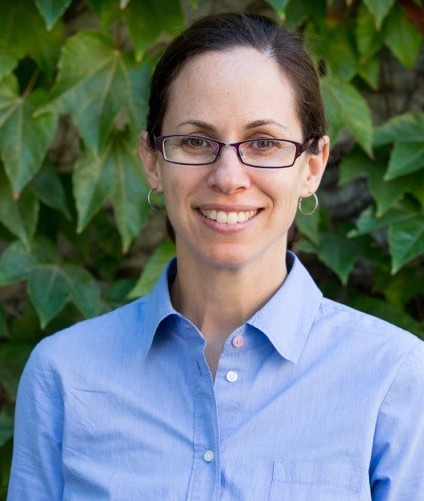This post is part of our #BUandBoston series, highlighting the work and research of BU students, faculty, and staff throughout the City of Boston. Interested in having your Boston-related work featured? Tag us on Instagram or Twitter @BUonCities using the #BUandBoston or send us an email at ioc@bu.edu.
By: Douglas Darrah
 Nitrogen fertilizes our crops, contaminates our drinking water, and makes up about 80% of the air that we breathe in. It permeates every part of our lives. Understanding the role of nitrogen is crucial to maintaining the health of our environment and the people that inhabit it. Pamela Templer, a professor of Biology at Boston University, has been studying nitrogen and its effects throughout her career.
Nitrogen fertilizes our crops, contaminates our drinking water, and makes up about 80% of the air that we breathe in. It permeates every part of our lives. Understanding the role of nitrogen is crucial to maintaining the health of our environment and the people that inhabit it. Pamela Templer, a professor of Biology at Boston University, has been studying nitrogen and its effects throughout her career.
Templer and Lucy Hutyra, a professor in the Earth and Environment Department, are operating multiple research sites throughout the Greater Boston Area. Templer described: “We study what we call biogeochemistry, which is the cycling of different elements like nitrogen, carbon, water, and phosphorus in urban and in rural environments.” The sites are strategically positioned so that they can measure the causes and effects of nitrogen deposition across an urban gradient.
The professors operate two of the first urban sites that are part of the National Atmospheric Deposition Program (NADP). Through this network, scientists measure the amount of nitrogen and other elements that fall on land and water through rain and snow. NADP sites are often set up in rural areas so that there is no local interference in their measurements. Templer, however, said that: “We are really interested in understanding how much nitrogen is coming from our actions and our activities and the city itself from driving our cars and from fertilizer application.” Instead of avoiding local contamination, they try to measure it.
Human activities have a large effect on the amount of nutrients that are imported into and exported from an urban environment. In a previous paper, Templer and Hutyra showed how Boston’s practice of raking leaves and then transporting them outside of the city is undermining our tree’s ability to get crucial nutrients. Evolution has spent eons fine tuning a system where the nutrients in a tree’s leaves are dropped in the fall, decomposed in the winter, and then reabsorbed by the tree in the spring. When we remove a tree’s leaves, we deny it the ability to recapture nutrients lost.
The amount of nutrients in an urban biome can also increase as a result of human activity. When gasoline is burned, it releases NOx and CO2. Many commercial fertilizers also include excessive amounts of nitrogen in them. This excess nitrogen is washed through soils and into the city’s water supply and can result in algal blooms, fish mortality, and in high concentrations, blue baby syndrome. This is a phenomena where mothers drink nitrogen-contaminated water and give birth to stillborn children.
Extra nitrogen from atmospheric deposition is not necessarily a bad thing. Trees rely on nitrogen to grow and core samples have shown that trees in the Boston area grow twice as fast as those outside of it. The larger the tree, the more carbon it is able to sequester in its biomass. Templer pointed out its implications for combating climate change:“The more carbon they sequester the less carbon that is in the atmosphere leading to more climate change.”
High amounts of nitrogen in atmospheric deposition can kill humans and plants, but lower levels of it could help make our cities more sustainable. Finding that balance is what Professor Templer has devoted much of her research to. Recently, BU Facilities has consulted with her to build a more eco-friendly campus. She has also been working with Lucy Hutyra to create a Carbon Budget for the university at large. Her research has not been ignored.
